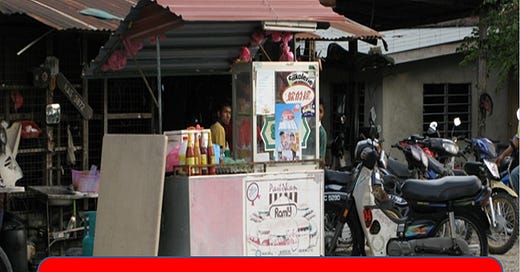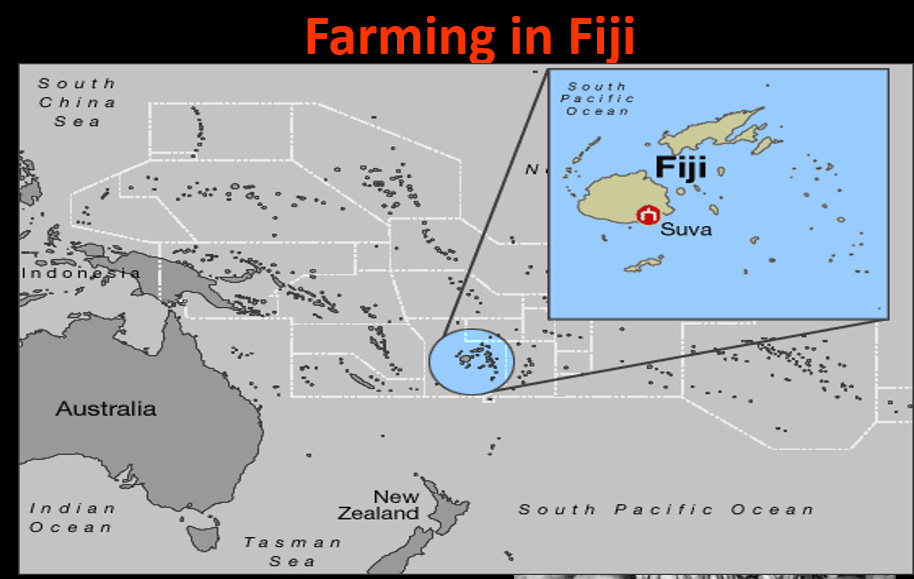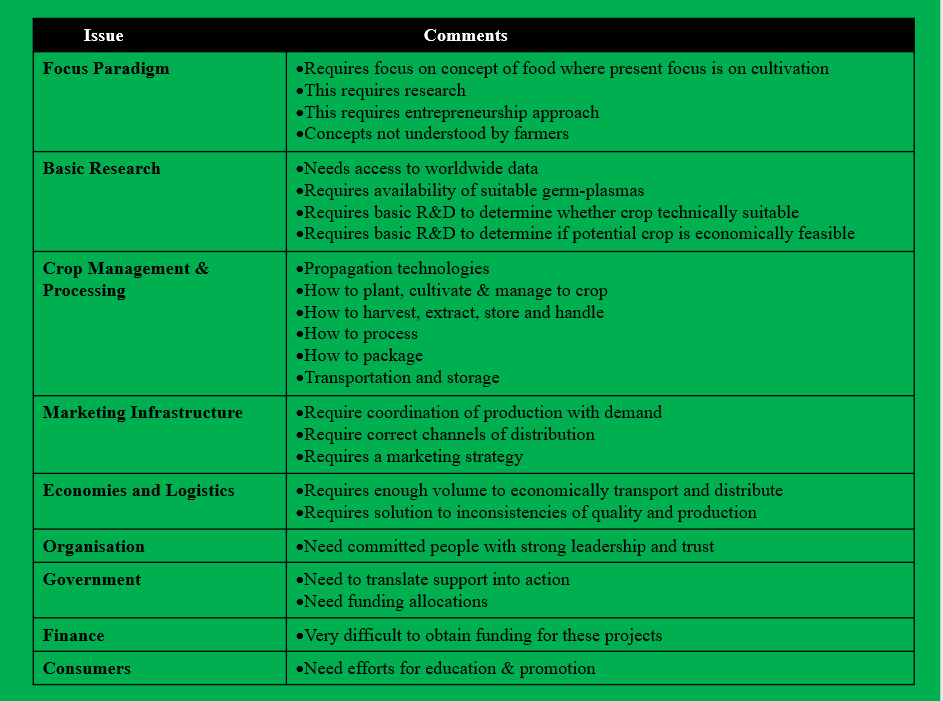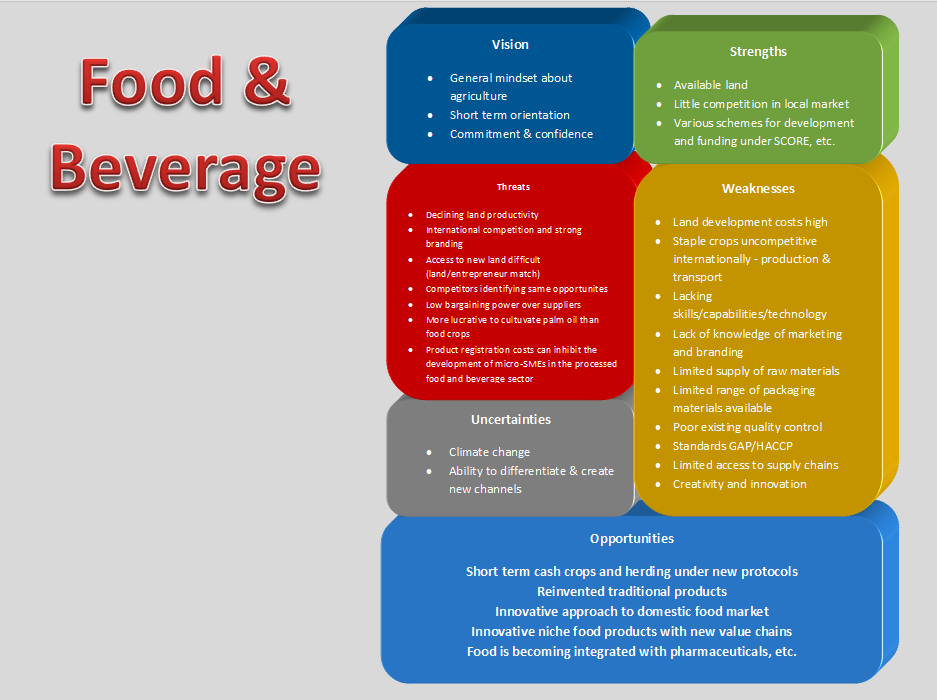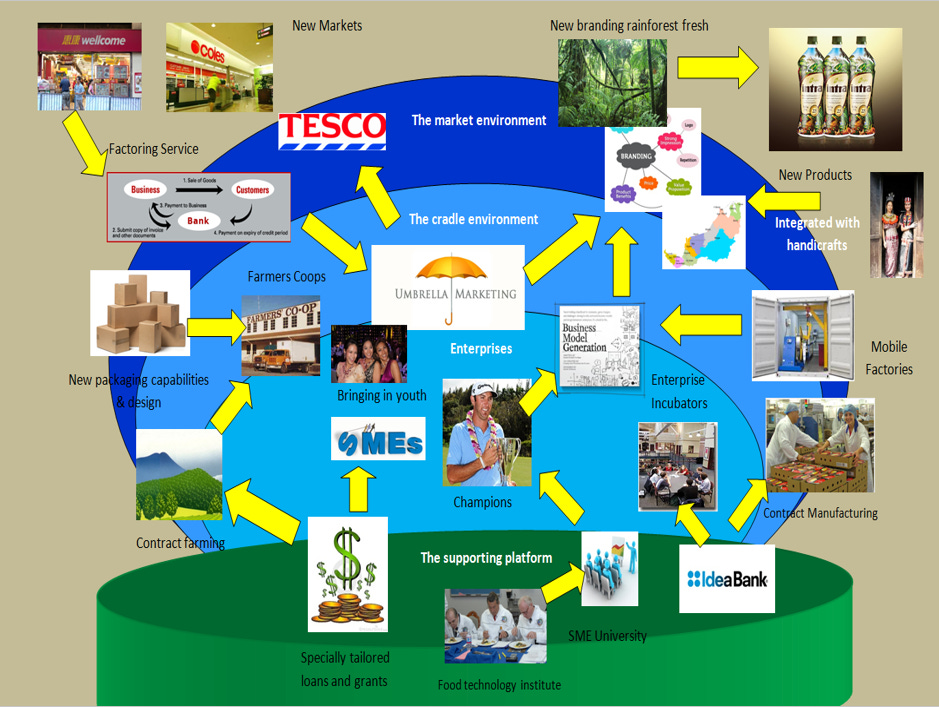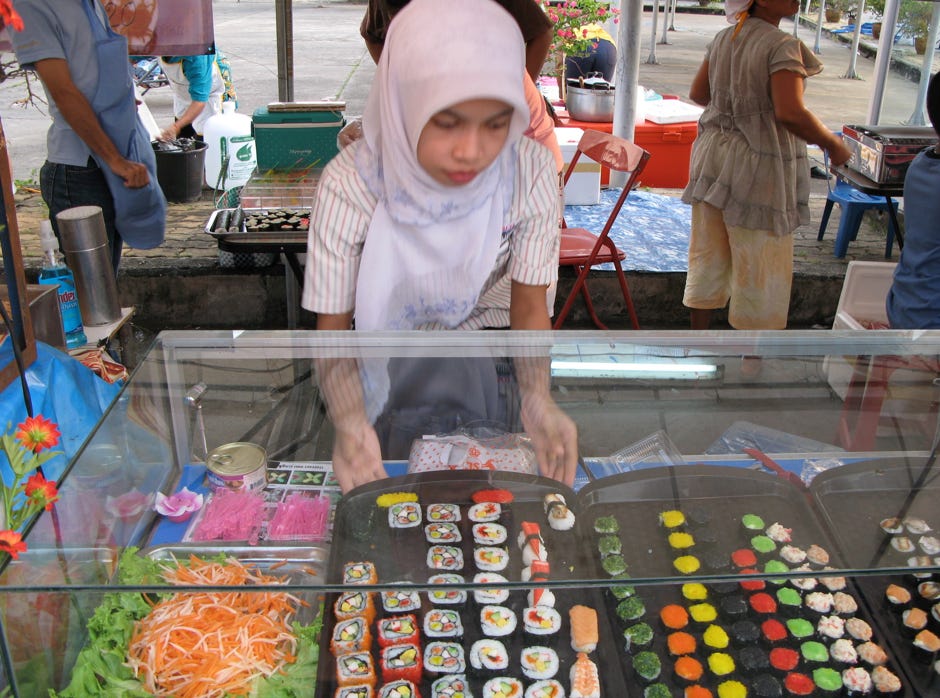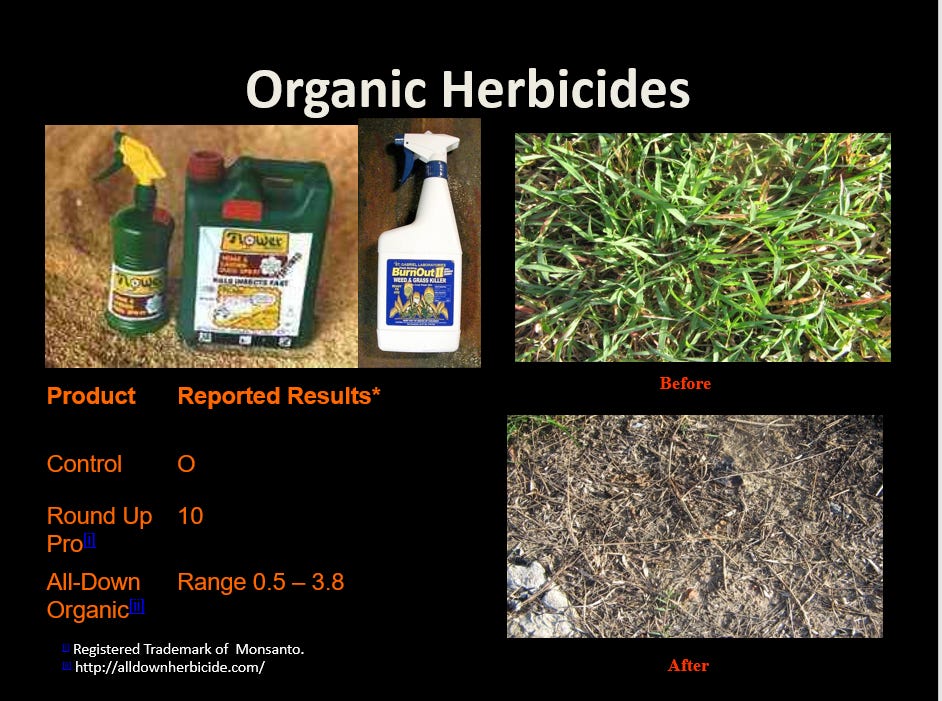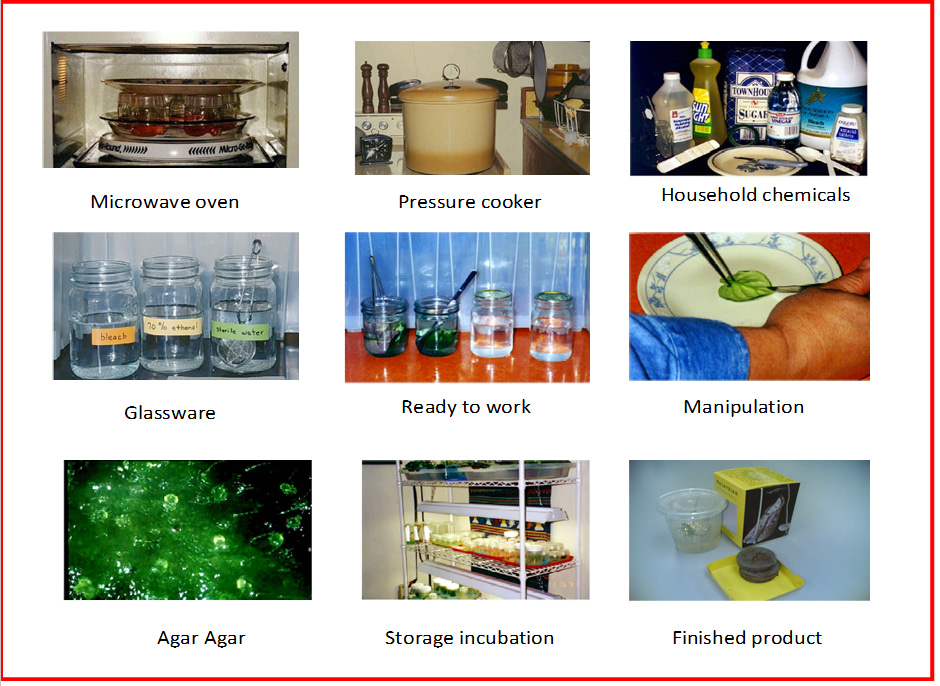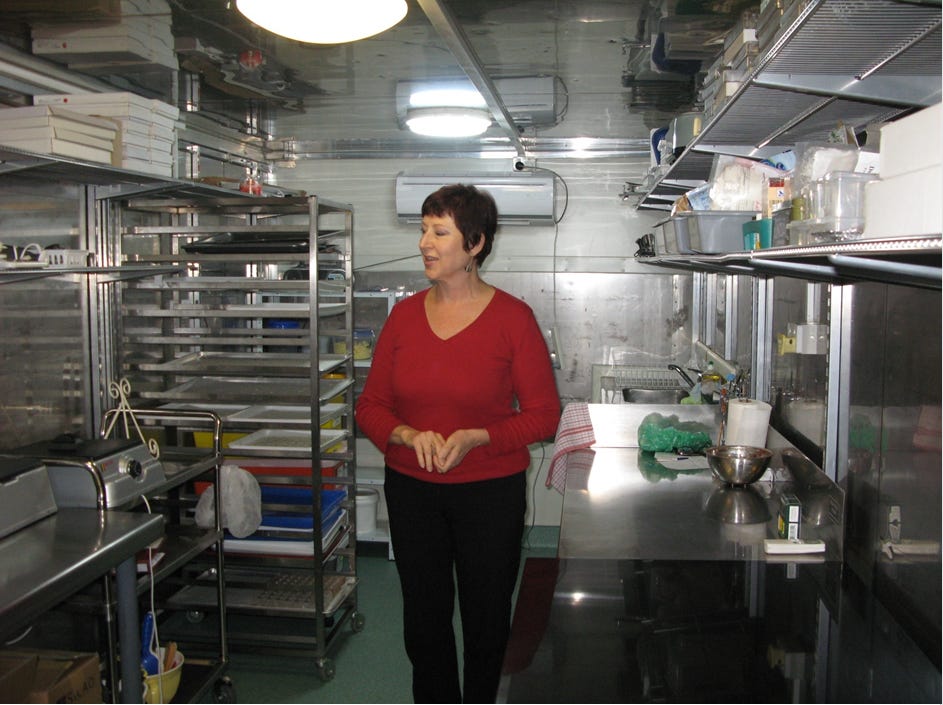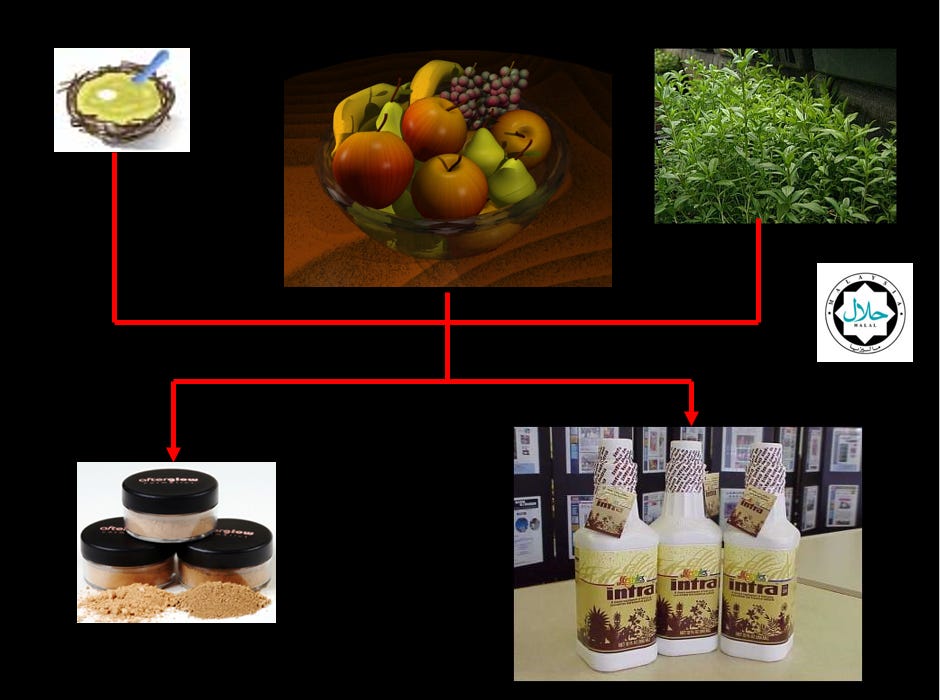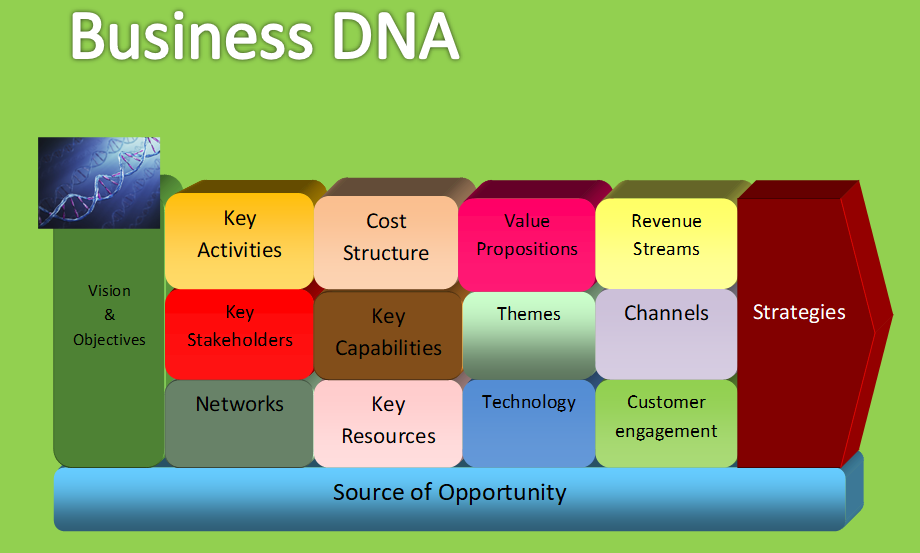Developing Clusters to enhance Entrepreneurship
Reinvigorating rural Malaysia through entrepreneurship
We need to go beyond the burger
The following article is adapted from a research study in Sarawak. Such a model could be applied in rural Malaysia to develop new enterprises and enhance existing ones. It’s about using the government platform to develop a support cluster that will nurture and empower communities.
There are 1,226,494 Micro, Small, and medium enterprises (MSMEs) in Malaysia, according to the SME Corp Malaysia. Of these, 964,495 are micro enterprises.
The total MSME sector contributes 37.4 percent of Malaysia’s GDP, 11.7 percent of the nation’s exports, employs 7.32 million people, or 47.8 percent of the workforce, producing RM 70,827 per worker.
This is a substantial part of the Malaysian economy, but has been neglected, particularly within rural areas.
The following is an outline of a plan to enhance MSMEs in rural Malaysia.
The responsibility of the government within a developing country is to create conditions to enable rural people to set up, and develop enterprises to earn a living, and in some cases grow into SMEs. People in rural areas don’t have the same access to markets, technologies, education, skills acquisition, and resources, as those living in urban areas, particularly within the more remote regions.
Thus, the emphasis of government rural assistance can focus on developing a support cluster that both nurtures new entrepreneurial start-ups, while providing useful business linkages, skills, resources, and technologies, within a cultural framework that is compatible with the people of the region.
The objective of support clusters is to create a form of competitive advantage for enterprises, based upon locality, knowledge, relationships, motivation, innovation, access to market chains, where value chains can be created, that are unique to that area. This is about government creating the optimal conditions that will allow MSMEs to start-up, grow, and thrive.
The aim is to move away from cost based enterprises, where high costs are a disadvantage, and larger businesses can produce the same items cheaper. Thus, creating innovation is the key is the products and services develop and commercialize.
Rural communities require institutional nurturing to create the optimal conditions that create potential opportunities for the local population.
Government agencies must create a geographically based support cluster, that allows for the development of interconnected companies, with support institutions. These clusters must enable access to down stream sourcing and up stream marketing and distribution channels. They must enable start-ups to become competitive upon other factors rather than price. They provide accessible channels, skill development, capacity development, resource acquisition, appropriate technologies, and networking.
The advantages of clusters are;
1. To drive motivation,
2. Drive creativity and innovation,
3. Stimulate the formation of new businesses,
4. Allow MSMEs to benefit from tangible and intangible infrastructure,
5. Provide access to information,
6. Provide access to complimentary enterprises, and
7. To provide access to institutions – finance, technology, R&D, and marketing.
This is an alternative to industrial and GLC creation policies. This creates a public-private cooperation nexus to drive growth of MSMEs.
Thailand adopted this policy under the Thaksin Shinawatra government in 2003, to run parallel to its industrial and infrastructure development strategies. The Thais used the general cluster and five forces framework developed by Michael Porter, adapting it to the local situations and conditions.
A group of farmers in Fiji using air transport to sell vegetables to Australia and New Zealand (1980s).
Developing a support cluster
The steps involved in developing a cluster to support rural entrepreneurship is described below.
Doing the situational Audit: Issues and challenges
The first activity requires going into an area as a team. This is an opportunity to see what activities are already being undertaken in the region, by whom, how, and to what customers?
Interviews and focus groups with local groups is a prime source of gathering information, after observing the region. After identifying producers and existing products, consumer perceptions of these products can be evaluated. Quality evaluations and sensory tests can determine the level of quality of consumer products within the region.
For existing products produced within the area, producer issues can be evaluated. This would include;
1. The supply of raw materials, quality, and volumes available.
2. Land available for expansion,
3. The type and scale of production,
4. Business and entrepreneurial skills,
5. Production and manufacturing skills,
6. Logistics and transportation,
7. Product packaging standards,
8. Technology used,
9. New ideas and innovation possible,
10. Current branding, and
11. Certifications.
Once data has been collected, a survey can be undertaken of the needs of the local community. This would include financial assistance, manufacturing assistance, license and certification assistance, funding assistance, training and skill development required, infrastructure development required, product development assistance required, marketing assistance required, IT infrastructure and skills required, and how much continuing assistance will be required.
Undertaking a SWOT (plus) Analysis
The next step is to undertake an analysis of strengths, weaknesses, threats, and opportunities. A standard SWOT analysis can be expanded to include uncertainties. Uncertainties are factors that can make outcomes uncertain in the future, or any unknown factors that may lead to potential failure.
Developing a Mission, Objectives, Strategy Actions, and Tactical Actions
It would now be time to return to the community and explain both the results of the situational audit and SWOT analysis. It is the community, after there have been some workshops visualizing what could be undertaken in their community, that the discussion on mission and objectives can be undertaken.
If possible, communities could be taken to see other communities that have gone through this program to see the results. This often enhances motivation and helps the community develop a self vision.
Developing a support platform
Given all the issues have been identified through a SWOT analysis, and situational audit data provides information on the state of readiness of a community, a support platform can be designed based upon strategy tracks.
The support platform will form the heart of the cluster. It should enable start-ups and entrepreneurial activities. The key aspect of the support cluster is that it provides ideas, opportunities, and the ability of community members to exploit these opportunities.
The support platform underwrites economic growth at the community level. The support platform will be a mix of hard and soft infrastructure, heavily weighted towards soft infrastructure. Soft infrastructure refers to programmes that are designed to enhance entrepreneurial skills, competences, market innovation, facilitating new visions, that assist in creating new champions and eventually creating economic and social integration through the development of the cluster. Hard infrastructure, can include educational and vocational institutes that will enhance indigenous knowledge and appropriate technology that can be disseminated to the community.
This strategic action is based upon the premise that funds are limited and in reality, the creation of new entrepreneurs is more dependent upon nurturing rather than the provision of hard infrastructure. The provision of this infrastructure platform should not be a key performance index (KPI) based approach. The measure is the number of new innovative entrepreneurs and start-ups achieved, and the diversity of activities ignited within the local community.
Soft Infrastructure
The following is an outline of what type of soft infrastructure would be required within communities.
Developing skills and competencies
This must focus on the types of skills and competencies required in start-ups and developing existing enterprises. This is necessary in underwriting the capabilities and competencies of nascent and existing entrepreneurs. Skills form a base, from which ideas and visions can develop. This is important in igniting aggregate entrepreneurial capacity. The key to this is to do this training within the community itself.
Hunter, M. (2012), Opportunity, Strategy & Entrepreneurship.
An entrepreneurship program
Market innovation
Market innovation increases venture value. This focuses upon developing innovative branding, developing new market channels, new business models, and franchising, as well as focusing upon high value niche product development. This can take account of special geographic and demographic characteristics to help define the identity of new SMEs.
The aim of the focus on market innovation is to assist entrepreneurs overcome sparse distance to market.
This is innovation
Creating new visions
An entrepreneur’s vision governs the scope that he or she will aspire. This vision greatly depends upon the entrepreneur’s self-view of self-efficacy, which is dependent upon their own skills level. Thus to spark potential start-ups, community members must be exposed to new ideas, products, concepts, and knowledge. Potential entrepreneurs must be inspired to believe their futures is within their communities and not in the cities.
Creating champions
Champions are entrepreneurs who highlight success and act as examples and inspiration for others. They can become mentors within the community and lead. Without the creation of champions, any program, infrastructure, and initiatives will fail. All activities should be aimed at creating champions in mind. Clusters depend upon champions to enable them to grow, and create momentum.
The success of champions will do more to create cultural change to a community, than anything else. Hence, entrepreneurship development needs to focus on other characteristics such as pride, sense of achievement, inspiration, self-efficacy, community, and the traditional characteristics of growth and profitability.
Any chance of success relies upon the creation of champions.
A graduate who came home and organized her kampong. Now the kampong exports to Japan and Germany.
Creating Integration
Any cluster should have diverse economic activities take place within them. A cluster that supports only a couple of activities will not be sustainable. Thus, a rural based cluster could have elements of agriculture, food processing, tourism, homestay, handicrafts, and others. Activities should be complementary, rather than competitive, to create external benefits for others.
Soft infrastructure for the support platform cluster.
Tactical actions
Tactical actions are the programs that would be held within the cluster to ignite and nurture entrepreneurship.
Some generic tactical actions that would make up the platform cluster:
· New crops research
Important to find and develop new crops suitable for the community area. This can be undertaken by local universities/Department of Agriculture. The research conducted would cover from agronomy to market.
· Appropriate technologies
Seek novel and situationally suitable equipment and machinery for entrepreneurial activities. This could involve modernizing indigenous technologies, or scaling down technologies to suit SMEs.
Do your own tissue culture at home.
A GMP standard food processing factory built into a portable 20ft shipping container.
· Technical and agronomic training
Training programs, extension, and mentorship are necessary to train potential entrepreneurs in the first instance, and along their growth curves.
· New agricultural and manufacturing protocols
Necessary to teach Good Agricultural Practice (GAP), organic cultivation and production, HACCP, and other protocols.
· Specific purpose cooperatives
Many activities, particularly in sustainable agriculture, such as producing organic fertilizers can by undertaken through formal and informal cooperatives.
· SME University – Moving by Action (MBA) programme
Lack of ideas, lack of capital, lack of networks, and lack of particular expertise are problems common to rural communities. They also lack technology and knowledge about how to manufacture products on a small scale. There is a great need to set up a low cost programme to tackle these problems and assist in the development of rural SMEs.
The objective of the SME University is to fill the gap where the formal education system has missed SME proprietors in providing knowledge and skills necessary to launch a start-up, develop and grow a small business, and grow a small business. This program can be structured in a way that provides some grounding in general business knowledge, skills and specific technical knowledge needed for particular businesses. For example, the SME-MBA programme could be a six week part-time programme that operates on consecutive weekends.
· Specifically tailored grants and finance scheme
Enterprises need funds and perhaps some special financial packages to assist in the transformation and development of their businesses. These schemes could be developed outside the traditional banking system, which discriminates against people in small rural communities.
Forming cooperatives, using Zakat as funding, or applying for UNDP grants are all possibilities.
· High value niche products
Developing high value niche products is an entrepreneurial skill. The emphasis is on developing value from what can be produced locally.
· New branding paradigms
Appropriate branding is required to meet aspirations of developing new domestic and regional markets. This should clearly differentiate from products produced by competitors.
· New business models
The paradigm of existing farming and sole proprietorship enterprises cannot be sustained within small communities. This means new business models coupled with new marketing channels will be required to make most new enterprises sustainable.
· Integrated local communities
Enterprises should contribute to the communities they are situated within. For example, agriculture can be integrated with food processing, with handicraft, agro-tourism, and home stays. These activities create local community synergies, create community wealth and create positive conditions, so other new enterprises can be created.
Community integration
Subscribe Below:

